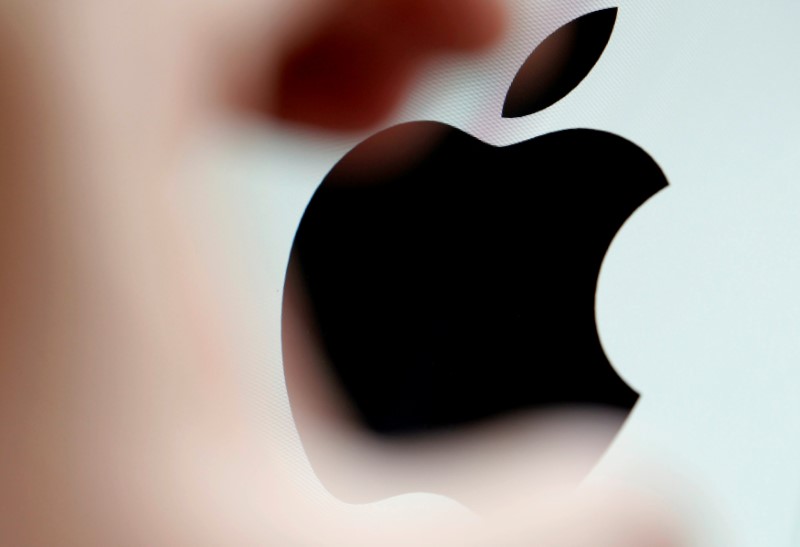By Sinead Carew
NEW YORK (Reuters) - U.S. stocks rose on Monday, with the S&P 500 and the Dow hitting record highs with growth sectors such as technology in favor again as investors appeared to regain confidence in the economy after upbeat comments from Federal Reserve officials.
Nasdaq's biotechnology index (NBI) rose 2.5 percent in its biggest one-day gain since February while the S&P's healthcare index (SPXHC) had a record-high close.
Amazon.com's (O:AMZN) Friday announcement that it would buy Whole Foods (O:WFM) and an upbeat tone from Federal Reserve speakers seemed to help reassure investors after the U.S. central bank's rate hike last week, according to J. Bryant Evans, portfolio manager at Cozad Asset Management, in Champaign, Illinois.
"It looks like a bet that interest rates, such as the 10-year yield, are bottoming out," said Evans. "It's a resumption of this idea that the economy is in decent shape."
He added that a "push in M&A tends to propel the market" and that the Amazon/Whole foods $13.7 billion deal was a "tangible sign the mergers and acquisition environment is pretty good right now."
The Dow Jones Industrial Average (DJI) rose 144.71 points, or 0.68 percent, to end at 21,528.99, the S&P 500 (SPX) gained 20.31 points, or 0.83 percent, to 2,453.46 and the Nasdaq Composite (IXIC) rose 87.26 points, or 1.42 percent, to 6,239.01.
The S&P's financial sector (SPSY) was also one of the benchmark's strongest gainers with a 0.98 percent rise after New York Federal Reserve President William Dudley said U.S. inflation was a bit low but should rise alongside wages as the labor market continues to improve, allowing the Fed to continue gradually tightening monetary policy.
The Fed commentary last week had surprised investors who expected more caution after some weak U.S. economic data.
"My sense is investors must be looking at this as a pro-growth belief that perhaps Dudley sees underlying strength in the economy that the data doesn’t show right now. The Fed’s base case is that this is just kind of a soft patch and we will continue to cycle higher," said Jack Ablin, chief investment officer at BMO Private Bank in Chicago.
The S&P technology sector (SPLRCT) finished up 1.7 percent after its second straight weekly decline, which was triggered by fears of stretched valuations. Tech stocks have led the S&P 500's 9.6 percent rally this year.
"Investors were temporarily chased from the space but many companies in the sector offer growth which is difficult to find in the market as a whole," said Mark Luschini, chief investment strategist at Janney Montgomery Scott in Philadelphia.
Apple (O:AAPL) rose 2.9 percent to $146.34, providing the biggest boost to the S&P followed by JPMorgan Chase (N:JPM), which rose 2.2 percent to $88.07.
The S&P 500 bank subsector <.SPXBK> rose 1.3 percent.
The two biggest boosts for the biotechnology index were Biogen Inc (O:BIIB) and Clovis Oncology (O:CLVS).
Biogen ended up 3.5 percent to $260.54, after it was upgraded to "neutral" from "sell" at UBS.
Shares of Clovis Oncology soared 46.5 percent to $87.88 after late-stage data on its ovarian cancer drug.
Advancing issues outnumbered declining ones on the NYSE by a 1.76-to-1 ratio; on Nasdaq, a 2.01-to-1 ratio favored advancers.
The S&P 500 posted 49 new 52-week highs and 10 new lows; the Nasdaq Composite recorded 99 new highs and 87 new lows.

About 6.3 billion shares changed hands on U.S. exchanges compared with the 6.8 billion average for the last 20 sessions.